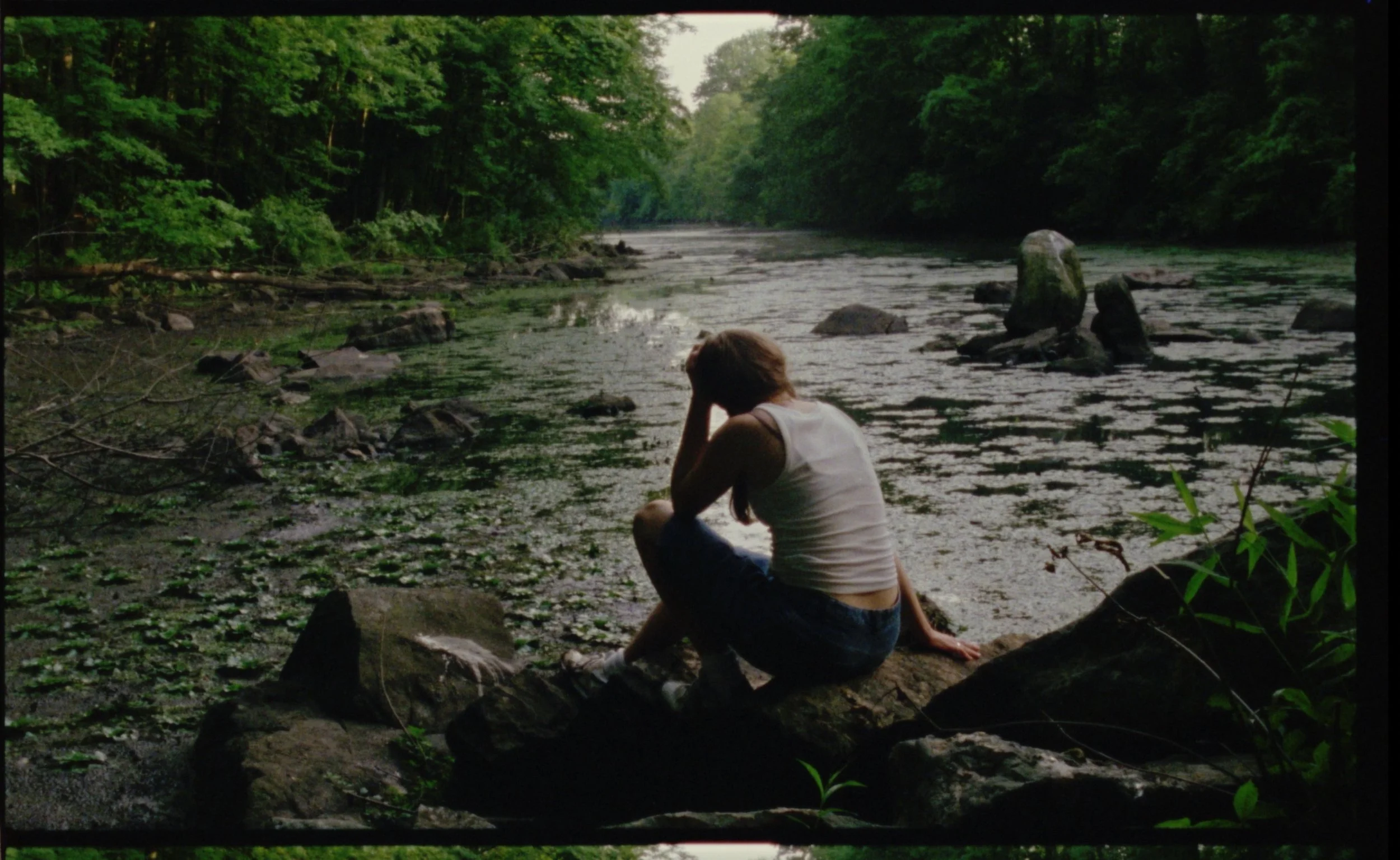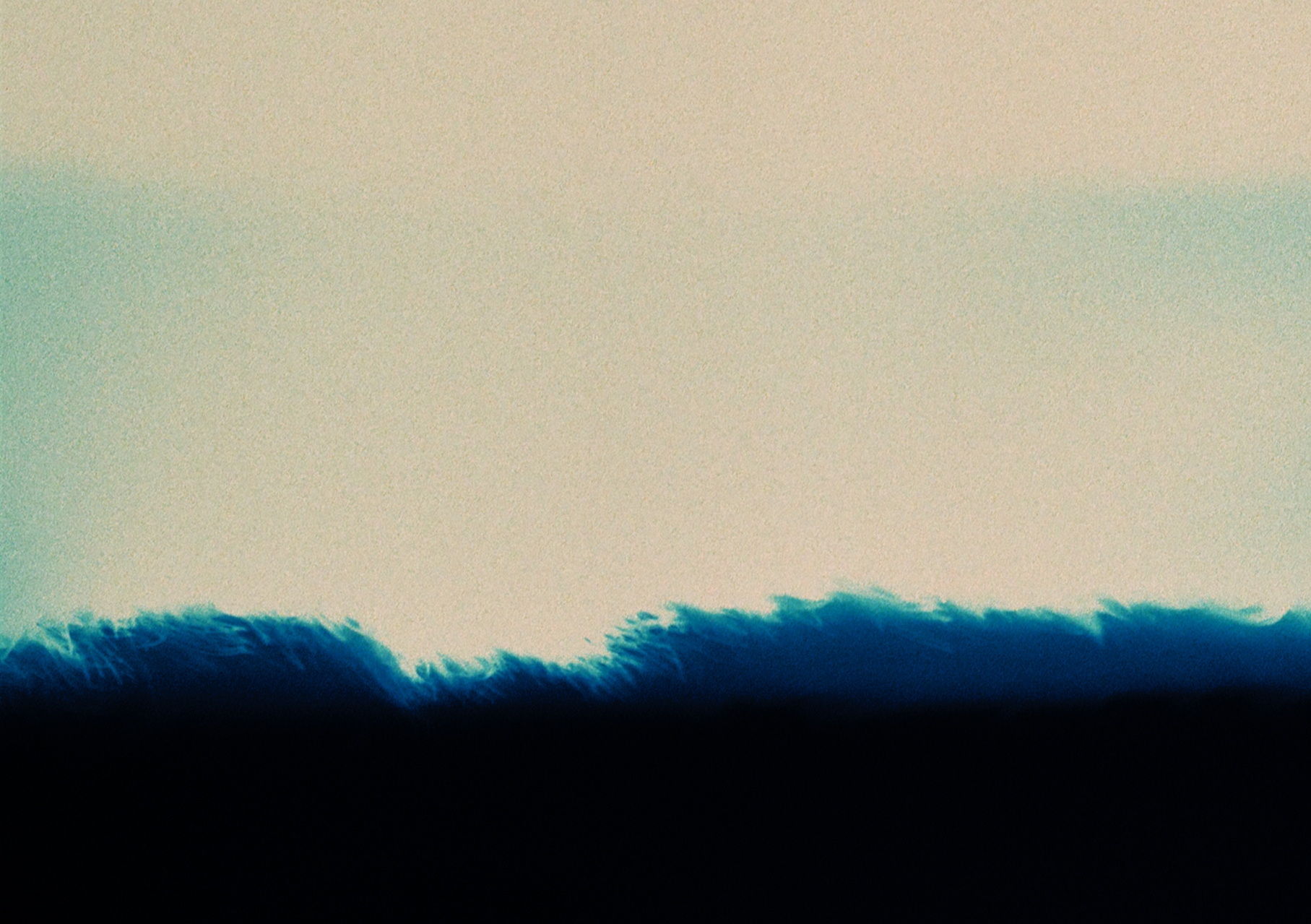
Slate
Project Treatment
Story
Logline: 2 star-crossed lovers, Mila and Sawyer, are bound by a devastating trauma they don’t realize they share, making them perfect complements to each other.
Synopsis: Mila, age 12, accidentally pushes a teenage boy off the edge of an abandoned slate quarry. She never speaks about it. 20 years later, she is trying to right the scale of the universe by practicing medicine and saving enough lives to make up for the one she feels responsible for ending. She still has not told a single soul. Mila’s outlook on the world is based entirely in the net good of things, the long term effects of every action. She meets Sawyer, who is instead focused entirely on the present. Sawyer has just quit his job from a fine dining restaurant over personal differences with the head chef. After their chance encounter, they begin to fall in love - their differences make them perfect for each other. Halfway though the film, we flash back to the morning of the quarry incident - and we learn that the teenage boy who fell from the cliff was Sawyer’s older brother. We learn that his obsession with the present is due to his fear that he might lose the people that are closest to him. He never speaks about it either.
They still don’t know that they are linked by this incident as they fall deeper in love, until Mila finally trusts Sawyer enough to tell him the one thing she’s never told anybody. he doesn’t immediately tell her who that boy was, opting to comfort her instead. However, we see him hide a chef’s knife in his truck, then suggest a drive out into the country the next day. A fiery climax to the film plays out as Sawyer attempts to get revenge, Mila escapes, and then Sawyer is struck by a truck. Mila is left with the choice to help him, or leave him to bleed out on the side of the road. She helps him, and forgives him for his mistake, but tells him it is the last time they’ll ever see each other. The ultimate tragedy: to still love somebody, but know that it can never work.
Partnr
When her bionic boyfriend Ethan proposes, Jackie finally feels like she has found her happily ever after— until a chance encounter with another human shows her how messy love can really be.
2022 | 12:15 | 16mm
Mila
A personification of the 10,000 foot view. She forces her care upon others, especially her ailing mother, in a desperate attempt to balance the scales of the outcome of her life. Always focused on the big picture, the end result. Focused on the destination, not the journey.
Sawyer
A living example of the here-and-now. Often impulsive, spontaneous, or sporadic, but never boring. A fiercely loyal friend, a highly emotionally intelligent and supportive partner. Feels his feelings deeply, and expresses them through acts of service, usually in the form of food.

Director’s Statement:
I want to tell stories that fall at the outer edge of things that can happen to people. I aim to highlight the human spirit and emotion that come with life’s wildest curveballs, because I think the way people handle their most difficult situations is a beautiful, profound look into who we are at our core. I could never capture the true bizarreness that life can throw at you, but I try to get closer with every script I write. I’m not afraid of the word ‘Melodrama,’ because to me, it would be impossible to ever exceed the drama that happens all across the world every single day.
I wrote Slate at a time in my life where the big picture and present both felt distant to me. My last year at school, coming out of the pandemic, it was hard to know what was next, and even harder to embrace the present that came with life during COVID. So I created these characters and their stories as a way to examine the furthest reaches on the spectrum of the present to the big picture. They are both me, in a way. My own problems, insecurities, hopes, dreams, and memories are a part of Mila and Sawyer.
With Slate, I hope to show that people can grow and process their deepest traumas, and that often times the first step to healing is just talking about it. It’s a cautionary tale of repressing one’s memories, but also a hopeful reminder that even after the absolute worst things, there is still beauty in life. These characters will show the value in living life for the present, but also in planning for the future - and the pitfalls of neglecting either one of these practices.
Visuals

Slate will have a deliberate visual language, utilizing specific color palettes and lighting techniques for both characters, specific image capture mediums to portray the past and present, and specific lenses, angles, and camera movement to communicate emotion in a way that highlights the performances from the actors.
The flashbacks will be shot on 16mm film, a softer, older format which feels inherently nostalgic. The present will be shot on digital, which utilizes sharp and exacting optical technology to capture every detail. Derek Cianfrance utilizes this multi-format technique in Blue Valentine for the same purpose, with great success.
Imaging Mediums
16mm film features a soft graininess that evokes a nostalgic feeling - it will help place the audience in the past, even though the scenes in the woods won’t have any buildings, cars, or other period-indicating setpieces.
Digital cinema cameras feature an exacting sharpness that helps capture every detail and emotion, without compromising how much you can shoot.
Color Palettes
Arri Alexa 35
Aaton XTR Prod
Mila’s palette will consist mainly of cool tones, to reflect her calculated and closed off disposition. Sawyer’s palette will consist mainly of warm tones, to highlight his energetic and outgoing personality.
Motion
Sawyer’s solo scenes will be exclusively handheld. The handheld camera feels lively, energetic, sometimes frantic. Mila’s solo scenes will be exclusively locked off on a tripod or dolley. Mostly still, but in some cases moving in an extremely smooth, deliberate, calculated way. There will be a bit of a tradeoff and compromise between the two methods for the scenes they share, naturally creating tension or harmony, depending on how motion is utilized.
Cameras
It’s imperative that the film looks and feels as good as audiences have come to expect, so we can use my connections at Columbus production houses to get access to the world’s best cinema camera: the Alexa 35.
Shooting on film for the flashbacks will create a distinct visual difference between the time periods, keying in the audience to the period without having to spoon feed them the information. Aaton’s 90s film cameras have all the conveniences of modern cameras including digital monitoring, conventional batteries, and timecode inputs. This allows us to shoot on film efficiently without compromising on look.







